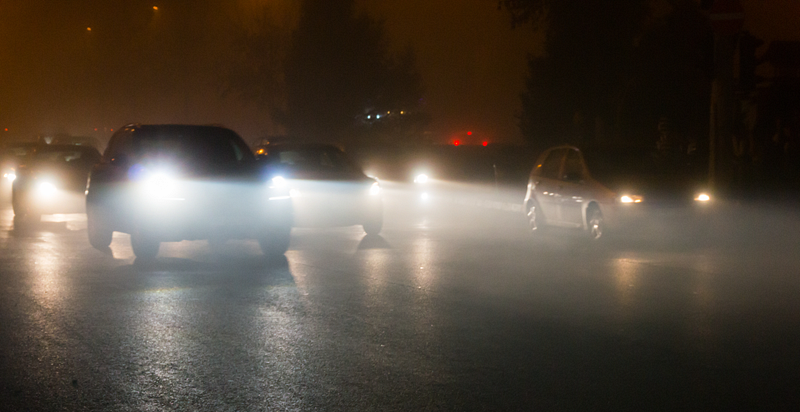Six Tips to Achieve Proper Vehicle Headlight Maintenance

You’re driving home on an early fall evening and notice roadway signs seem dim. Pedestrians are harder to see and you have a smaller field of vision.
The good news is you may not need an eye exam, just some new headlight bulbs. The bulbs may be dead, dim or the headlight case itself may be cloudy.
“It’s no secret, better headlights can help increase visibility farther down road, which in turn can help drivers feel safer and more secure when driving at night,” said Brian Noble, marketing manager at SYLVANIA Automotive.
Noble offers the following tips for getting the most out of your headlights.
-
Do a vehicle walkaround: Check to see if your headlights and taillights are working. Check the headlight lenses for haze and observe how bright they are.
-
Replace before burnout: Headlights can dim over time so replacement before burnout is a great idea. All too often, vehicles with a burned out headlight can be found traveling on dark roads, posing a risk to both the driver and others on the road. If a vehicle owner cannot remember the last time headlights were changed, it may be time for a replacements.
-
Always swap in pairs: It’s very important to replace headlights in sets of two. Since headlights dim over their lifetime, a new bulb paired with an old bulb will create an uneven field of vision for drivers, which can be a major distraction on the road.
-
Invest in high performance headlights: If there is an object on the road, high performance headlights can help drivers react sooner. Any upgrade above a basic headlight replacement can help to create a better, safer experience for the driver.
-
Consider DIY: Changing a vehicle’s headlight bulb is a simple process that doesn’t require a mechanic or service professional. In fact, various online guides and resources exist to help consumers swap out headlight bulbs in a matter of minutes. Consult the vehicle’s owner’s manual for bulb/headlight replacement procedures, needed tools and safety precautions. Always wear safety glasses and work gloves, as well.
-
Restoration as an option: The average age of vehicles on the road today is more than 11 years old. Millions of these vehicles have faded, cloudy plastic headlight lenses. This cloudiness, caused by degradation from the sun’s bright rays, reduces and diffuses the light going through the lenses, making it difficult to see when driving in the dark.
Consider DIY restoration kits that restore clarity and remove the hazy yellow appearance on headlight lenses. As a bonus, ensure these kits provide a UV Block Clear Coat, which protects headlights from UV ray damage, the number one reason headlights become dangerous. A good restoration kit can enable up to three times more light to shine on the road from the same, once cloudy, headlight.
-
Keep it clean: Ensure all vehicle lights, including headlights, taillights and turn signals, are clean and free of snow, ice or other obstructions. After cleaning and restoring the lights, check to see if cloudiness is still a factor. If so, it may be time to replace (see tip number one). Over time, the plastic that makes up your headlights will degrade and cloud over, meaning it’s time for a new set of lights.